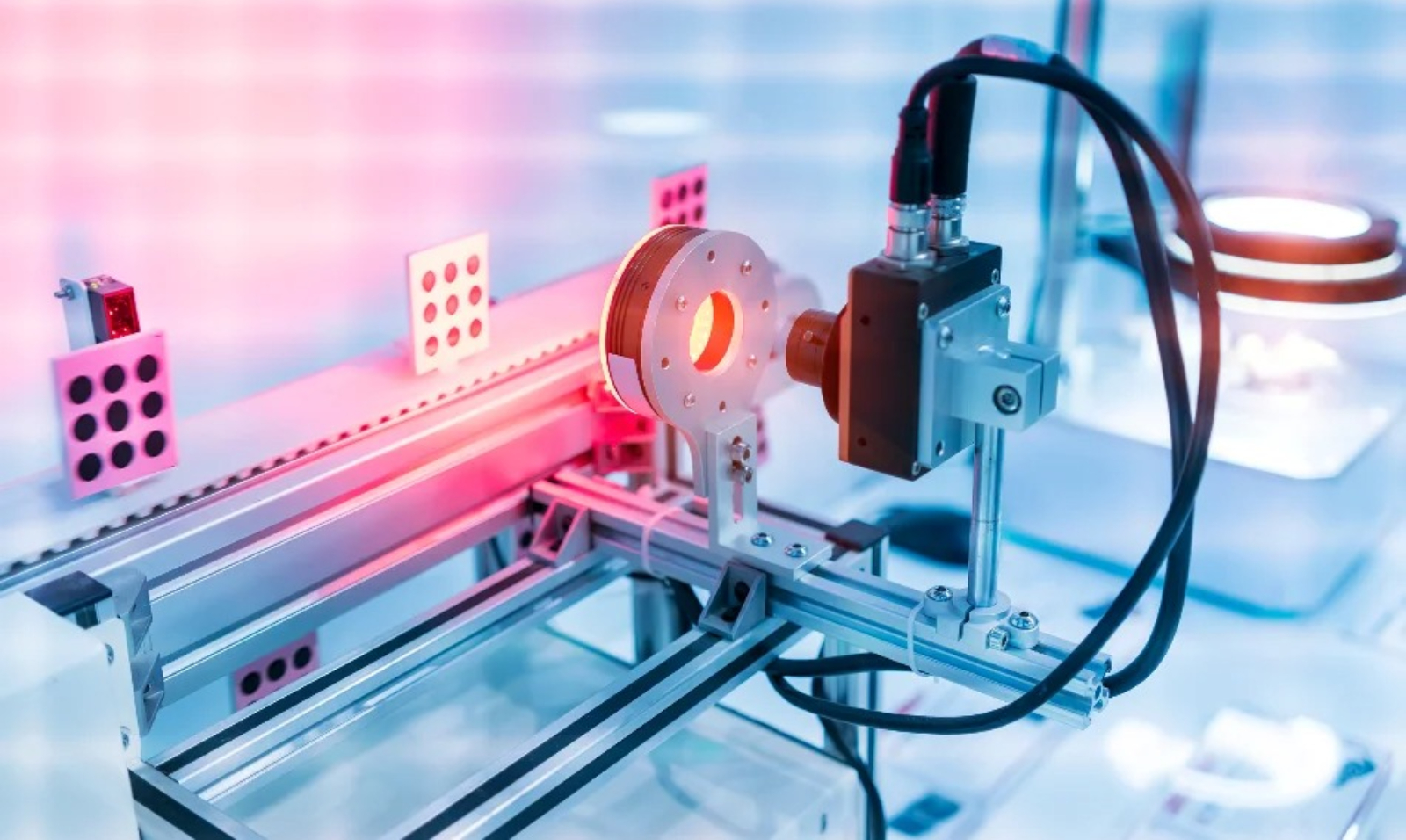
We've all seen it. A single bad weld in a pipeline can cause it to burst. You're talking downtime, environmental fines, and maybe worse. That's the game in oil and gas. Precision isn't optional; it's how you stay alive, stay profitable, stay legal.
Welding is at the heart of that. But it's not just any welding. It is orbital welding. It's been around. But it's now reaching the mainstream in oil and gas because, frankly, it solves problems. Many industrial tool suppliers including MEF Industrial Solutions have watched this shift from the frontlines. Clients inquire about faster joints, safer processes, and fewer instances of rework. Orbital ticks all those boxes.
What’s Different About Orbital?
We all know orbital is all automated. Not a welder holding a torch, but a machine clamped around a pipe, rotating the arc. The welder’s still there, of course, just not hunched over a joint. Instead, they’re watching the parameters, checking settings. Safer. Cleaner.
And the results? Night and day.
You program it once. Pipe after pipe, joint after joint and that same weld. Every time. Even your best welder can’t match that at scale.
Let’s say you’re laying pipe for a cryogenic LNG system. You’ve got 80 joints to hit in a tight turnaround. Every weld must hold both in pressure and in temperature. Now imagine trying that with manual welds. Fatigue sets in. Angles shift. One slip, back to square one.
But if they are going with orbital, instead of manually controlling the weld, the machine does the hard work.
Most orbital welding machines let you save the exact welding settings (voltage, speed, arc time, gas flow, etc.) into the machine’s memory. So, after you've tested and confirmed that these settings produce a perfect weld, you don’t need to manually reset everything again for each new joint. You just reuse the same saved program.
Ever welded inside a pressure vessel? Or 10 meters above ground on scaffolding? It’s not a good time. The heat. The confined space. The fumes. You’re one arc flash away from disaster.
Orbital welding removes the welder from the danger zone. They set up the machine, hit go, step back. Watch the arc through a screen. Fewer burns. Fewer back injuries. And way less exposure to hazardous zones compared to manual welding. As life is too precious and it’s hard to put a price on that.
Orbital Welding Makes Inspections Simple
Audits can be hard and time-consuming. But orbital welding helps. It saves important weld data like voltage, current, arc time, and gas flow automatically.
So instead of just saying a weld is good, you can show proof. This makes work easier for engineers and faster for inspectors. Everything is clear, safe, and easy to check.
Not Just About Safety, It’s Faster, Too
One of the biggest bottlenecks in refinery construction or pipeline installation is the welding queue. Everyone waits for the welders to finish. But orbital speeds that up, without compromising strength.
Once calibrated, the process is repeatable and quick. No need to start from scratch on each joint. No ‘do-overs’ from missed fusion or warping. That saves hours, sometimes days.
Weld Integrity: You Get What You Program
Materials like duplex stainless or Inconel, super common in offshore rigs and refineries, don’t play nice with inconsistent heat. Too much, and you’ve weakened the joint. Too little, and you risk incomplete penetration. Orbital gives you control. Period.
Each weld hits the heat zone perfectly. No overburn. No oxidation. The bead? Consistent. Smooth. And more importantly strong.
No, orbital isn’t a magic wand. It’s not for everything. But where it fits, it fits like a glove:
In all these cases, it’s not just about precision, it’s about predictability. Clean welds. Fewer surprises.
Even Greener, Quietly
Here’s a side benefit most overlook: orbital welding reduces waste. Less filler. Less shielding gas loss. No grinding off spatter. And when you don’t redo welds? You save energy, time, and materials.
For clients chasing sustainability goals, that matters. Maybe not flashy, but real.
Now, orbital welding isn’t plug-and-play. That’s where MEF comes in.
We don’t just sell the gear. We help teams integrate it, train operators, fine-tune procedures, troubleshoot quirks. Because success with orbital welding isn’t just about the machine. It’s about knowing when, where, and how to use it properly.
And MEF’s done that across dozens of sites in the UAE and beyond.
Final Thought: It's Not Just Tech, It's a Tactic
Orbital welding isn't trendy nor flashy. But it works best with safety. In a sector where pressure systems carry flammable gases under heat and stress, this kind of controlled, consistent, traceable welding isn't just "nice to have." It's survival. Risk reduction. Insurance against rework, shutdowns, and the kind of failures you don't want to think about.
If you're building anything critical in oil and gas and especially if you're trying to do it faster, safer, and more predictably there’s no excuse not to consider it.
And MEF Industrial Solutions? We're here to help make that shift.